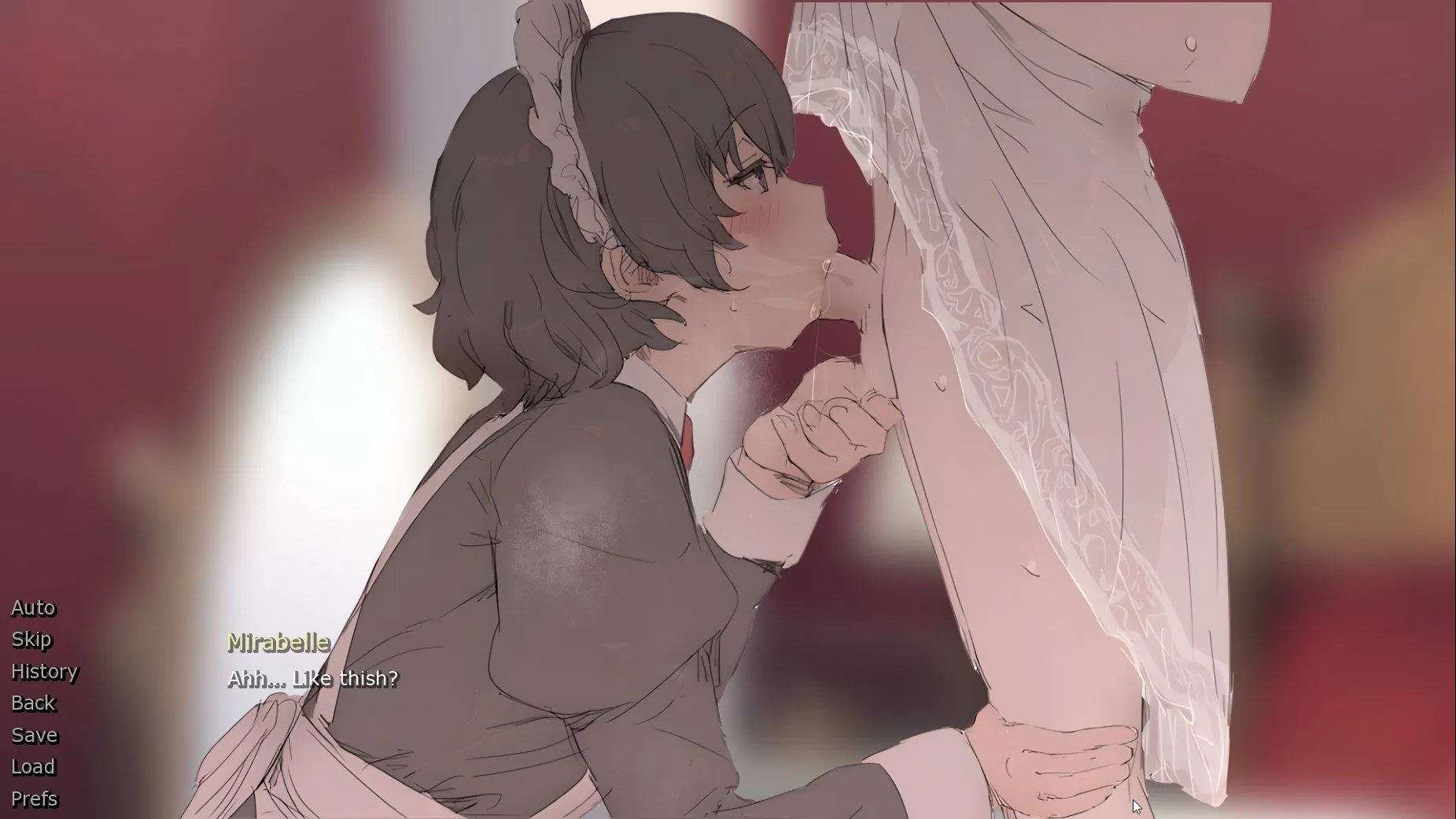
Corruption Time
Play Corruption Time
Corruption Time review
Explore Gameplay, Features, and Tips for Corruption Time
Corruption Time is a unique adult-themed game that blends narrative choices with immersive gameplay. This guide dives deep into what makes Corruption Time stand out, from its engaging storylines to its interactive mechanics. Whether you’re new or looking to master the game, this article covers everything you need to know about Corruption Time, including gameplay tips and personal insights to help you enjoy the experience fully.
Understanding Corruption Time: Gameplay and Storyline
What is Corruption Time? 🤔
Let me tell you about the first time I booted up Corruption Time. I wasn’t sure what to expect, but within an hour, I was completely hooked. So, what exactly is it? At its heart, Corruption Time is a deeply engaging interactive adult game built around a powerful central theme: influence. You step into a world where your decisions don’t just nudge the story along; they actively reshape it, character by character, scene by scene.
The core concept is both simple and brilliantly complex. You are an agent of change, and your mission is to guide the characters you meet down new, often darker, paths. The “corruption” isn’t just a cheap gimmick; it’s a nuanced system of persuasion, temptation, and transformation. The Corruption Time story is not a single, linear track but a web of possibilities that unfolds based entirely on your actions. It’s this focus on meaningful player choices impact that sets it apart from many other narrative-driven games. You’re not just watching a story; you’re writing it with every interaction.
Core Gameplay Mechanics ⚙️
Diving into the Corruption Time gameplay is where the magic truly happens. The gameplay mechanics in Corruption Time are elegantly designed to make you feel the weight of every decision. It’s less about quick-time events and complex button combos, and more about thoughtful engagement with the world and its inhabitants.
The primary loop revolves around three key activities:
- Decision-Making: This is the soul of the game. You’ll be presented with dialogue options, actions, and strategic choices that directly affect your relationships with characters and the overall world state. Do you use subtle manipulation or a direct, forceful approach? Each method has different consequences and effectiveness depending on the character’s personality.
- Character Interactions: Building relationships is everything. You’ll talk to characters, learn their backgrounds, desires, and fears. This information is crucial, as it allows you to tailor your approach to their specific weaknesses and aspirations.
- Progression Systems: Your success is tracked through visible meters and relationship statuses. Watching a character’s “corruption” meter fill, or seeing their attitude toward you shift from hostile to devoted, provides a tangible sense of accomplishment and progression.
To give you a clearer picture, here’s a breakdown of the core systems:
| Gameplay Element | Description | Player Skill |
|---|---|---|
| Dialogue Choices | Selecting responses that can build trust, create dependency, or instill new desires in characters. | Strategic Thinking, Empathy |
| Action Selection | Choosing what to do in key scenes, from giving gifts to making demands, each unlocking different narrative branches. | Risk Assessment |
| Relationship Management | Balancing your attention and influence across multiple characters, as their stories often intertwine. | Resource Management |
My Pro Tip: Don’t try to rush the process. The most satisfying transformations in this interactive adult game come from a slow, deliberate build-up. It’s like carefully tending a garden rather than forcing a flower to bloom. 🌸
Narrative and Player Choices 🎭
If the mechanics are the skeleton, the Corruption Time narrative is the heart and soul. This is where your agency as a player truly shines. The Corruption Time story is a branching, living entity that remembers everything you do. The player choices impact is not an illusion; it’s the fundamental law of this game’s universe.
I learned this the hard way during my first two playthroughs. In one, I focused solely on a single character, using kindness and false promises to slowly break down her resolve. The result was a surprisingly emotional story of dependency. In my second run, I played as a ruthless manipulator, pitting characters against each other. The same core plot points unfolded in a completely different, much darker tone. It was like playing two distinct games.
Example of how player choices influence the storyline in Corruption Time:
Let’s take a hypothetical scenario with a character named “Elena,” a proud and independent businesswoman.
-
Choice Path A (Subtle Manipulation): You consistently offer her help with her struggling company, always being the reliable shoulder to lean on. You subtly suggest that her current partners are holding her back. Over time, she becomes reliant on your advice, pushing away her allies and ultimately giving you control over her business and her loyalties. The story here is one of calculated seduction and engineered dependency.
-
Choice Path B (Direct Confrontation): You immediately use discovered blackmail to force her compliance. She follows your orders, but with simmering resentment. This path might unlock scenes of open conflict and different, more aggressive story outcomes, potentially leading to her attempting to betray you later if you’re not careful.
This level of narrative depth is what creates the incredible replayability Corruption Time is known for. You’re not replaying to see a slightly different cutscene; you’re replaying to experience a wholly different story arc. Want to see what happens if you focus on corrupting the innocent character first? Or what if you try to redeem someone already far down a dark path? The game welcomes your curiosity.
My Insight: The true genius of the Corruption Time narrative is that it often makes you reflect on your own motivations. Are you making choices that are effective, or are you making choices that you personally want to see? That internal conflict is a sign of masterful storytelling.
To maximize your enjoyment, here’s my practical advice:
- Embrace Role-Playing: Pick a specific personality for your player character (e.g., the charming devil, the cold strategist) and stick to it for a full playthrough. The consistency will make the story feel more authentic.
- Save Often, and in Different Slots: This is a golden rule for any game with heavy branching. Don’t be afraid to create a “branch point” save before a major decision so you can easily explore alternatives later. This practice greatly enhances the replayability of Corruption Time.
- Talk to Everyone, Every Time: Characters drop hints about each other. A piece of gossip from one person might be the key to unlocking a new path with another.
- Don’t Fear Failure: Some of the most interesting narrative twists come from a plan backfiring or a choice that doesn’t go your way. Lean into these moments—they make your unique story all the more compelling.
Ultimately, the Corruption Time gameplay and story are woven together so tightly that they become inseparable. Your choices are the narrative. It’s a captivating experience that respects your intelligence and rewards your investment, inviting you to return again and again to uncover all the secrets hidden within its complex, character-driven world. ✨
Corruption Time offers a compelling blend of interactive storytelling and gameplay that invites players to explore multiple paths and outcomes. By understanding its core mechanics and narrative depth, players can fully immerse themselves and enjoy a personalized gaming experience. Whether you prefer to experiment with different choices or focus on a specific storyline, Corruption Time provides a rich and engaging environment. Dive in and discover your unique journey within the game.








